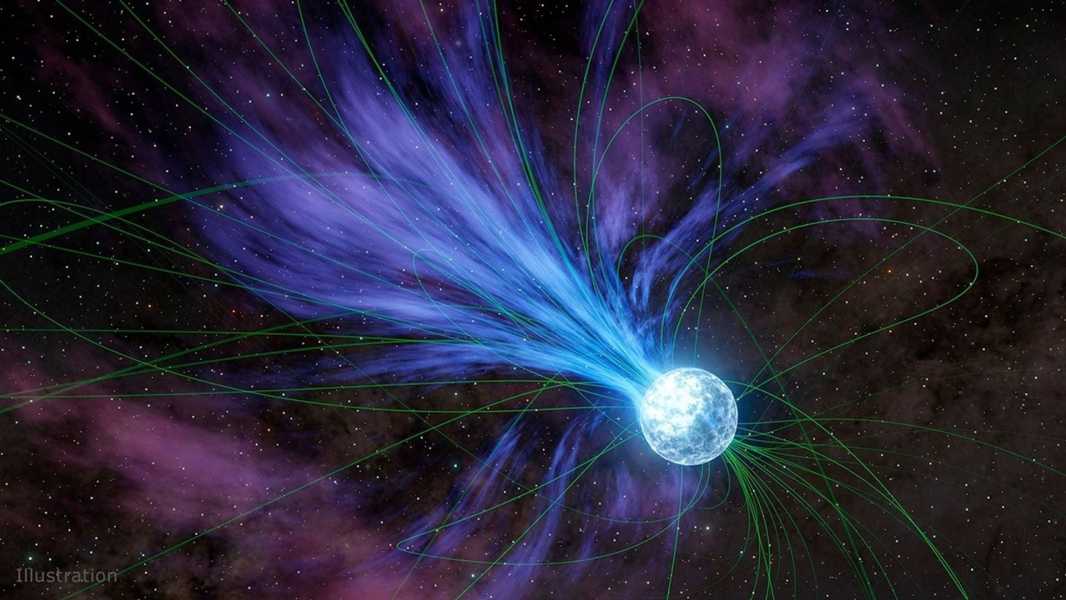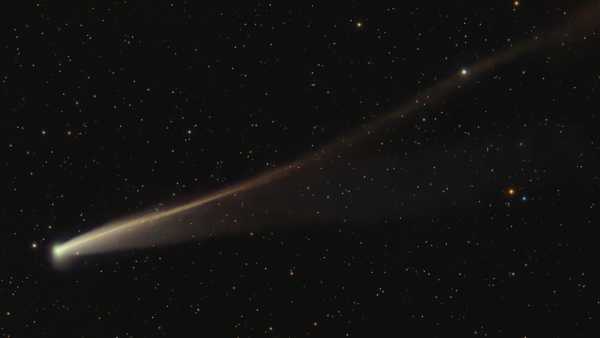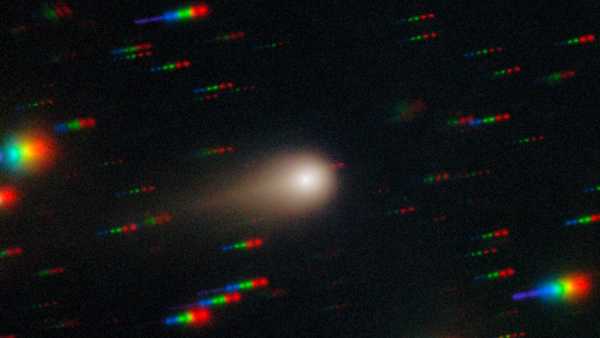
An illustration of a magnetar radiating energy and possibly creating heavy elements. (Image credit: NASA/JPL-Caltech)
Scientists have finally identified the source of gold in the early universe.
A new study has found that powerful flares from neutron stars with intense magnetic fields, called magnetars, may have started synthesizing gold shortly after the Big Bang — much earlier than previously thought. The researchers outlined their findings in a paper published Tuesday (April 29) in The Astrophysical Journal Letters.
Scientists have long struggled to understand how the vast amounts of gold in the universe came to be. Researchers knew that mergers between collapsed stars and black holes release heavy elements, but in 2017, astronomers witnessed for the first time the merger of two super-dense stellar remnants known as neutron stars. This cataclysmic collision, which occurred 130 million light-years away, produced a burst of light containing traces of heavy metals, including platinum and vast amounts of gold.
You may like
Sourse: www.livescience.com





